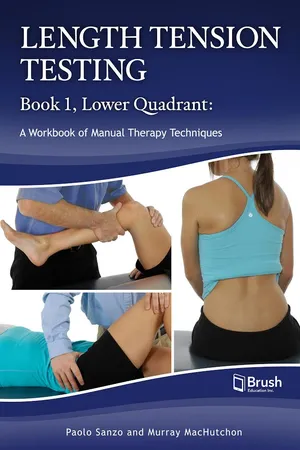
- 96 pages
- English
- ePUB (mobile friendly)
- Available on iOS & Android
Length Tension Testing Book 1, Lower Quadrant
About This Book
Length Tension Testing Book 1, Lower Quadrant provides clear and comprehensive descriptions and photos for assessing flexibility and length tension in the muscles of the lower quadrant. It includes techniques for the lumbar spine and pelvis, hip, knee, and foot and ankle.
Each technique listing includes concise, standardized descriptions of the actions and positions involved, high-quality colour photos and alternative positions to accommodate patient variability and comfort. Most of these tests can be adapted into treatment techniques. This resource will help physiotherapists, kinesiologists, chiropractors, and massage therapists improve patient care, and it will be an invaluable reference for students at the college and university level.
Also available: Length Tension Testing Book 2, Upper Quadrant.
Frequently asked questions
Information
The Hip
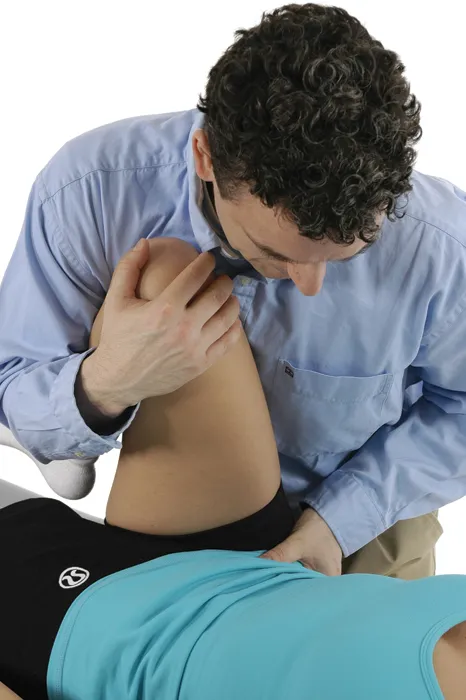
Pectineus
Technique 1
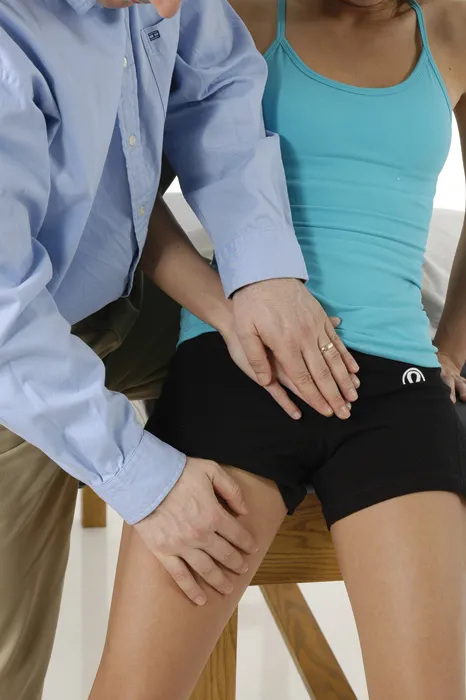
Pectineus
Technique 2
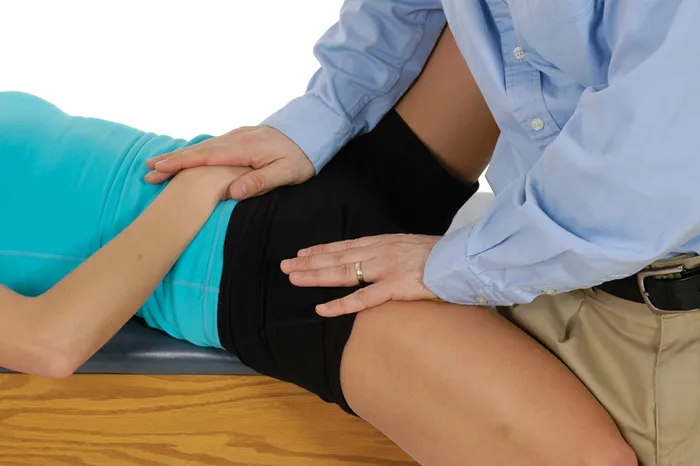
Adductor Longus and Adductor Brevis
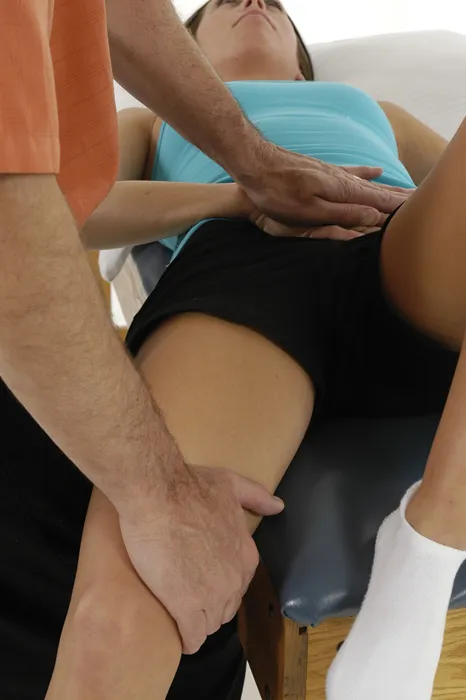
Gracilis
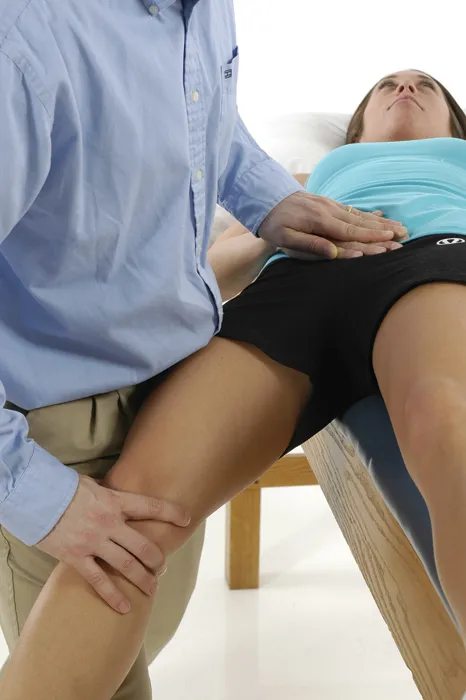
Adductor Magnus (Anterior Fibers)
Technique 1
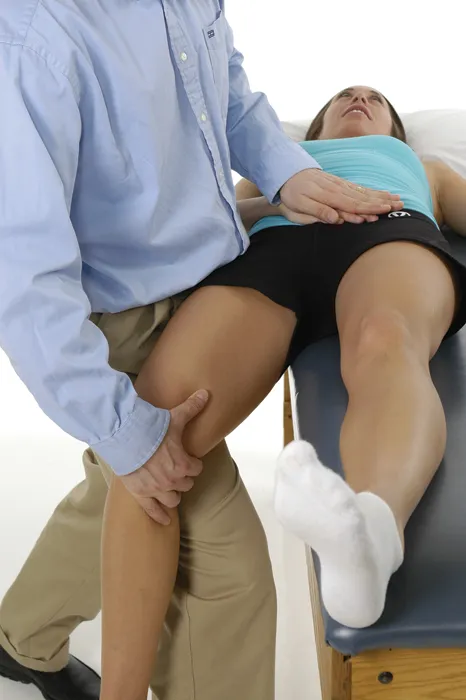
Adductor Magnus (Anterior Fibers)
Technique 2

Adductor Magnus (Posterior Fibers)
Technique 1
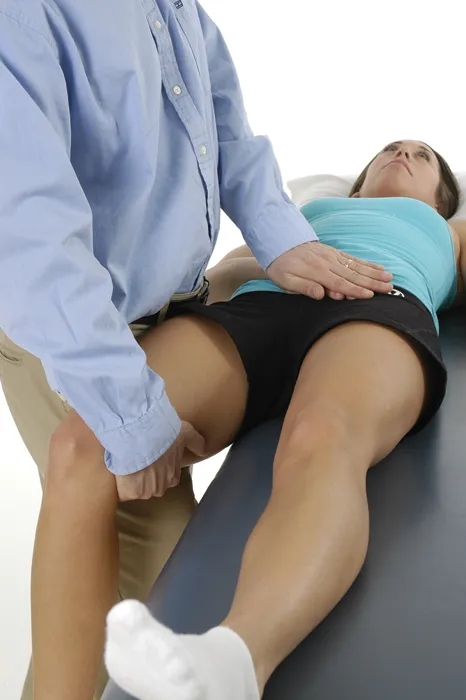
Adductor Magnus (Posterior Fibers)
Technique 2
Table of contents
- Cover
- Title Page
- Acknowledgements
- Contents
- Introduction
- The Lumbar Spine and Pelvis
- The Hip
- The Knee
- The Foot and Ankle
- References
- About the Authors